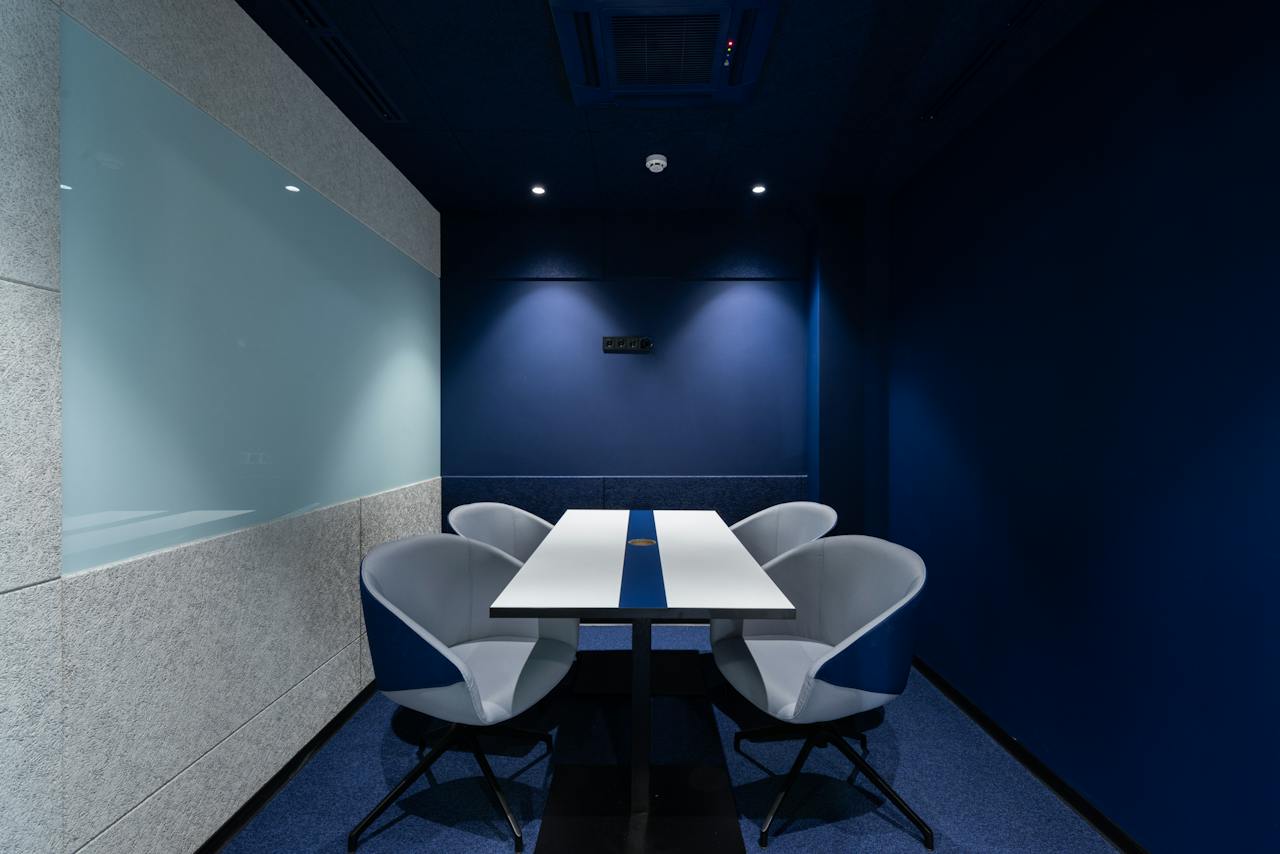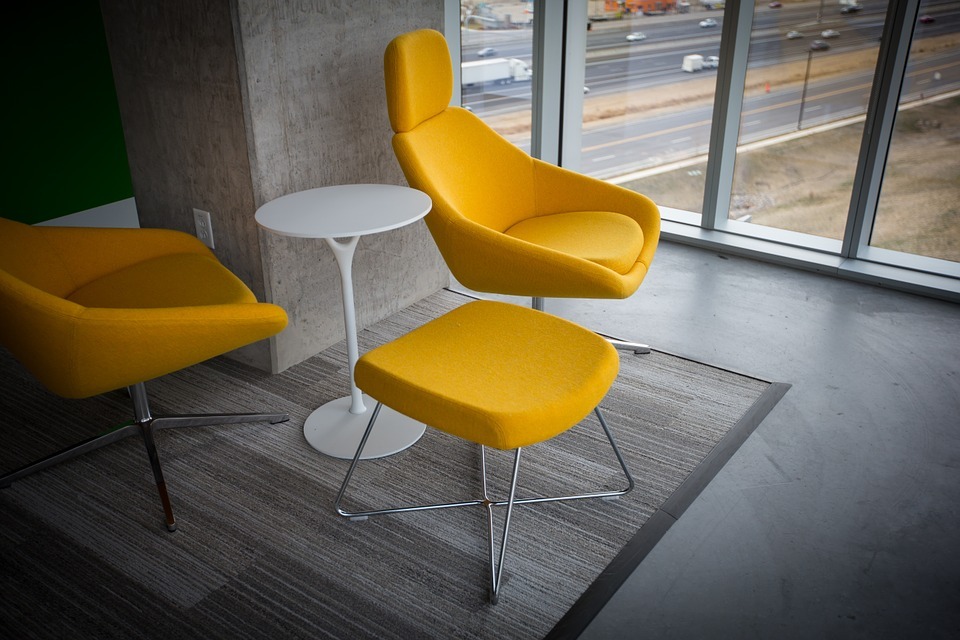One of the most important aspects of the office is its appearance, as it would often provide future employees with a great first impression on the company they are going to work with. The overall look of the office also determines the mood inside the office. So, if the office is dark, it may present a somber environment for your employees, and if the office is bright, it may give energy to employees and make them feel more motivated to do their tasks.
The mood of the office is can be affected by the colour used for its walls and furniture, as it has been deduced in numerous studies that colour seen by our eyes often affects our mood. As such, the colour of the office wall and its furniture may influence the emotions that you employees are feeling, and these emotions can often affect their productivity at work. To know more about the influence on colour on our mood or emotions, let us take a look at some details regarding the Colour Affects System.
How Does Colour Affect Our Mood?
According to the renowned psychologist named Angela Wright, it is possible for colours to affect human behavior. Through further studies, she created the Colour Affects System, which shows a process of how our moods can change depending on the colour that we see through our eyes. In “The Wright Theory,” which the psychologist wrote in 1984, it indicates that there are certain colours that are “attractive” and can influence us to have a more positive mood. These colours are often used as paint for walls and for other parts of rooms, as it is believed that they can improve the ambiance or the environment of the room.
The impact of colour on mood is a fascinating area of study, intertwining aspects of psychology, culture, and personal experience. Different colours can evoke various emotional responses, and these reactions can be influenced by societal and cultural factors, as well as individual associations. Here’s an overview of how some common colours are often perceived and their potential effects on mood:
1. Red
- Emotional Response: Red is associated with energy, passion, and excitement. It’s a colour that can stimulate and energize, often used to grab attention.
- Impact on Mood: It can increase heart rate and create a sense of urgency, which is why it’s often used in sale signs and warnings. However, it can also be associated with aggression or danger.
2. Blue
- Emotional Response: Blue is typically linked to calmness and serenity. It’s often seen as a stable and peaceful colour.
- Impact on Mood: Blue can have a calming effect, reducing stress and creating a sense of tranquility. In some contexts, however, it might also be perceived as cold or melancholic.
3. Yellow
- Emotional Response: Yellow is commonly associated with happiness, optimism, and warmth, reminiscent of the sun.
- Impact on Mood: It can be uplifting and energizing, fostering a sense of cheerfulness. In intense shades, though, it can be overwhelming and may even cause agitation.
4. Green
- Emotional Response: Green often symbolizes nature and is associated with growth, harmony, and freshness.
- Impact on Mood: It tends to have a balancing and rejuvenating effect, promoting a sense of relaxation and tranquility. It’s also thought to help alleviate anxiety.
5. Purple
- Emotional Response: Purple, traditionally associated with royalty, conveys luxury, wisdom, and spirituality.
- Impact on Mood: It can have a calming effect and is often used to spark creativity. Darker shades of purple are associated with luxury and sophistication, while lighter shades can be calming and romantic.
6. Orange
- Emotional Response: Orange is a blend of red’s energy and yellow’s cheerfulness. It’s associated with enthusiasm and creativity.
- Impact on Mood: Orange can be stimulating and invigorating, promoting a sense of warmth and playfulness. However, like yellow, it can be overpowering if used excessively.
7. Black
- Emotional Response: Black is often seen as a powerful, sophisticated colour, but it can also signify mourning or mystery.
- Impact on Mood: Black can evoke feelings of elegance and formality, but it can also be overwhelming or depressing if overused.
8. White
- Emotional Response: White is commonly associated with purity, cleanliness, and simplicity.
- Impact on Mood: It can create a sense of space and clarity, but too much white may feel sterile or cold.
It’s important to note that these associations are not universal. Cultural background can significantly influence how colours are perceived and the emotions they evoke. For instance, white is often associated with weddings in Western cultures, while in some Eastern cultures, it is linked to mourning.
The Best Colours for Offices
It was mentioned previously that there are certain colours that have a positive impact on your mood, and these colours should be present on your office, specifically on the walls and pieces of furniture. Here are some of the best colours that you can apply for offices.
Blue
Considered to be the best colour for offices, blue can naturally encourage productivity on a person that will see it. Blue is supposed to be the colour that stimulates the mind, which is why it is the perfect colour for office where employees would often do repetitive tasks, as the colour can help energize the mind to continue doing tasks even if it is done over and over again. These repetitive tasks are often seen in call centers and accounting agencies, where most employees would usually do one type of activity every day. If you are going to buy blue furniture, make sure that you purchase ones with a lighter blue colour to make the office much livelier.
Green
Green is often regarded as the “colour of money,” and because of this notion, this colour is often found in offices that are focused on bringing, giving, and managing money, such as banks and accounting agencies. In addition, green is also a calming colour, which is perfect for places likes spas and offices where employees do stressful activities or tasks, like computing, editing videos, or accounting. Much like the colour blue, the shade of green is also important when choosing furniture, as a darker shade of green may be more gloomy than calming. The shade of green found in US dollars are recommended, but if it is too light, a slighter darker shade is also great for furniture.
Yellow
As opposed to blue being the colour of productivity, yellow is supposed to be the colour of creativity. In addition to being the colour that encourages people to use their creative juices for their tasks at the office, yellow is also considered a “happy” colour that gives out more positive vibes than any other colour. If your office has employees that perform creative tasks like making videos, writing articles, or designing products, then you can choose to have yellow pieces of furniture so that they will be motivated to be more creative. However, if the shade of yellow on the office is too bright, it may be too distracting for the employees, so it is recommended for furniture to have a balanced shade of yellow that is not too bright and not too dark.
Conclusion
Matching the colour of the furniture to the walls are also important for your office, as clashing colours may often influence people inside the office to be more confused rather than productive. So, if you are currently planning on designing the office for your company, make sure that the furniture you are going to buy should complement the colour of the walls for better interior design and better effect on people’s moods.



